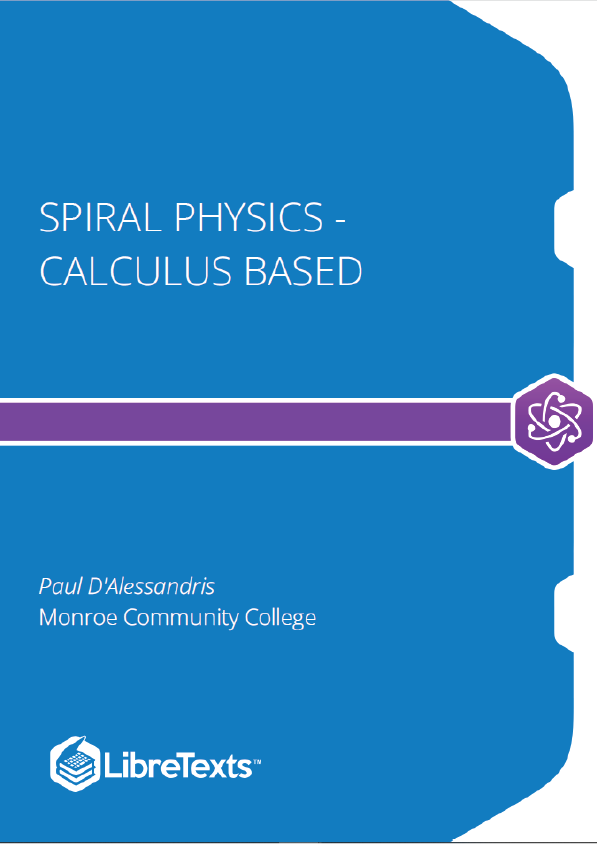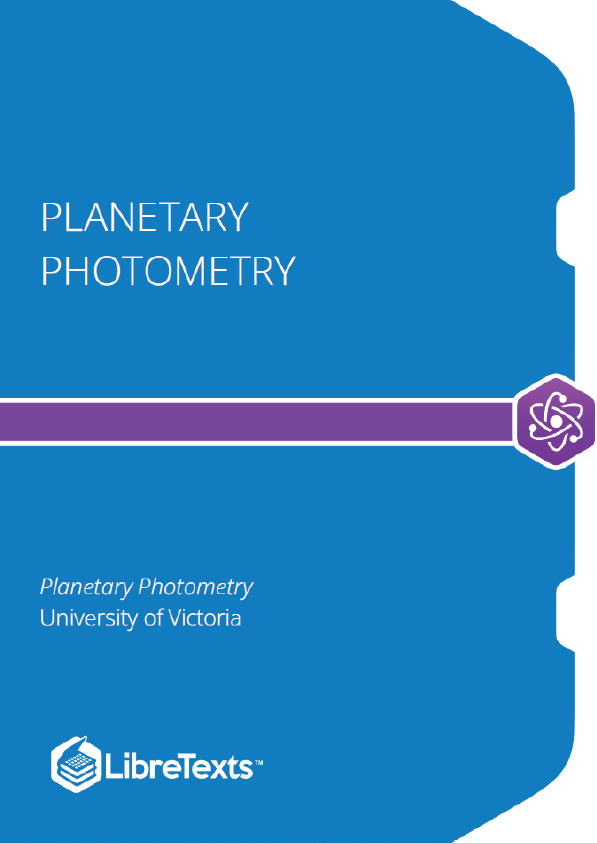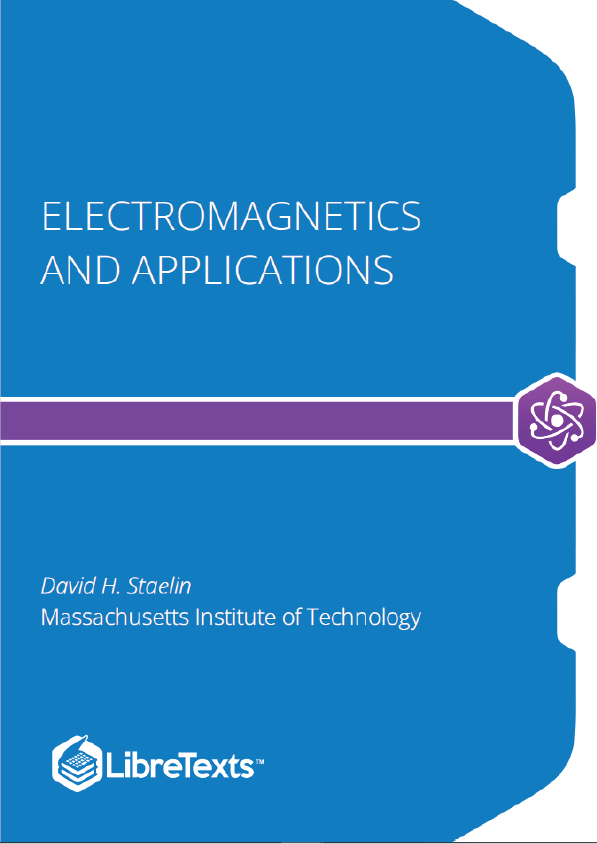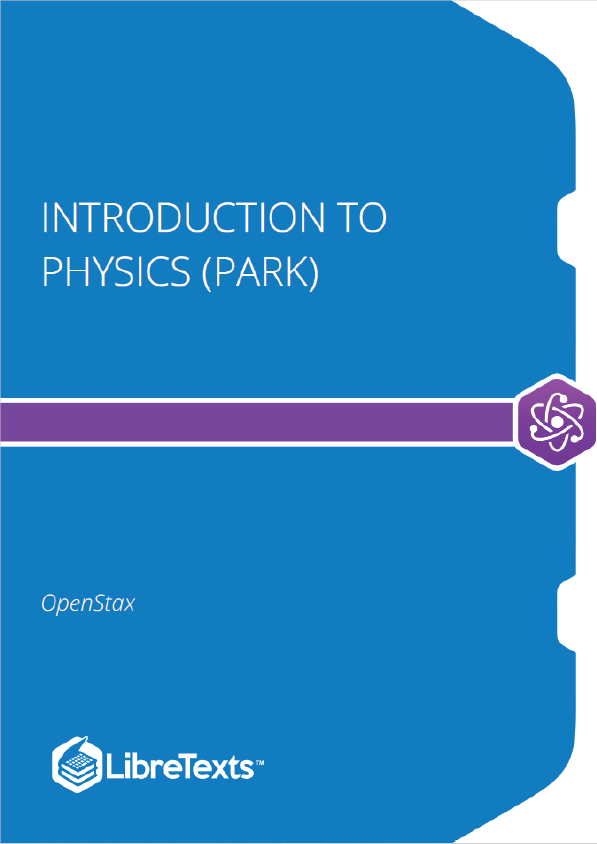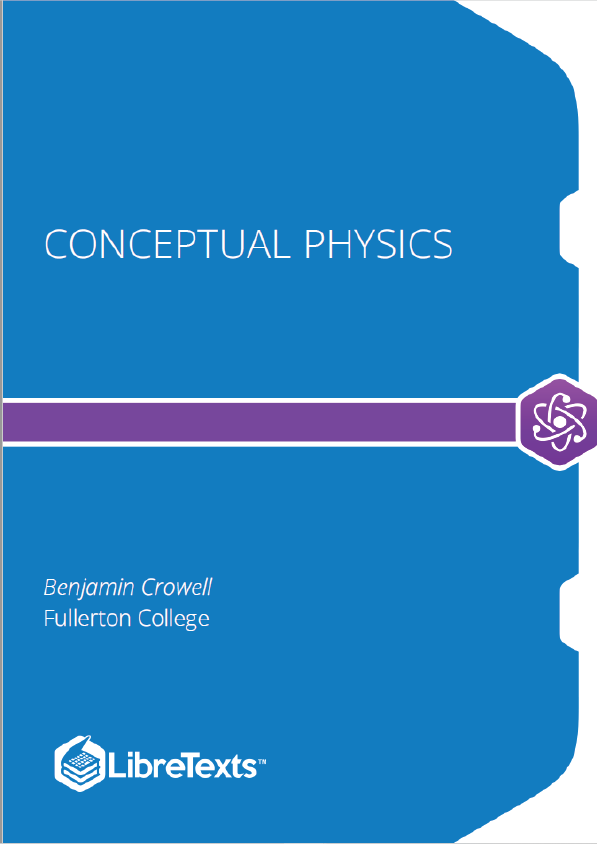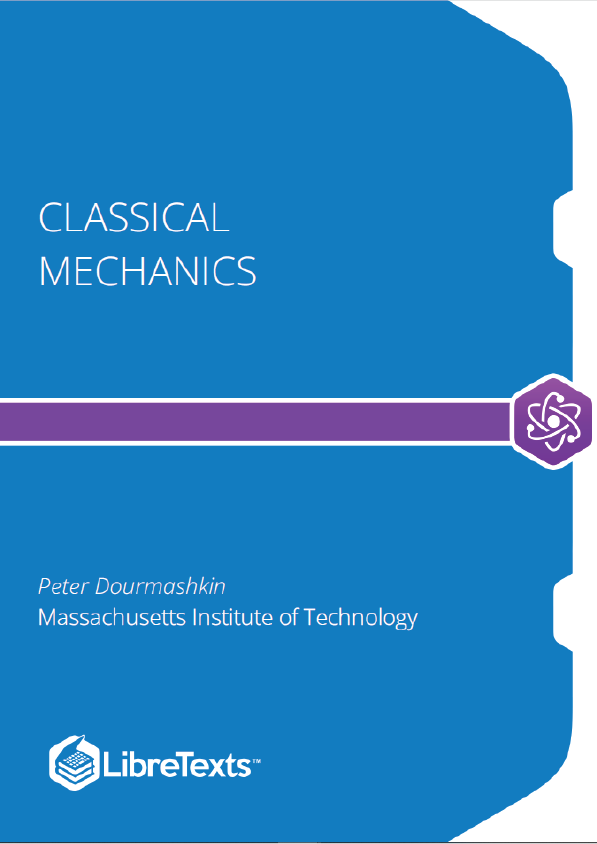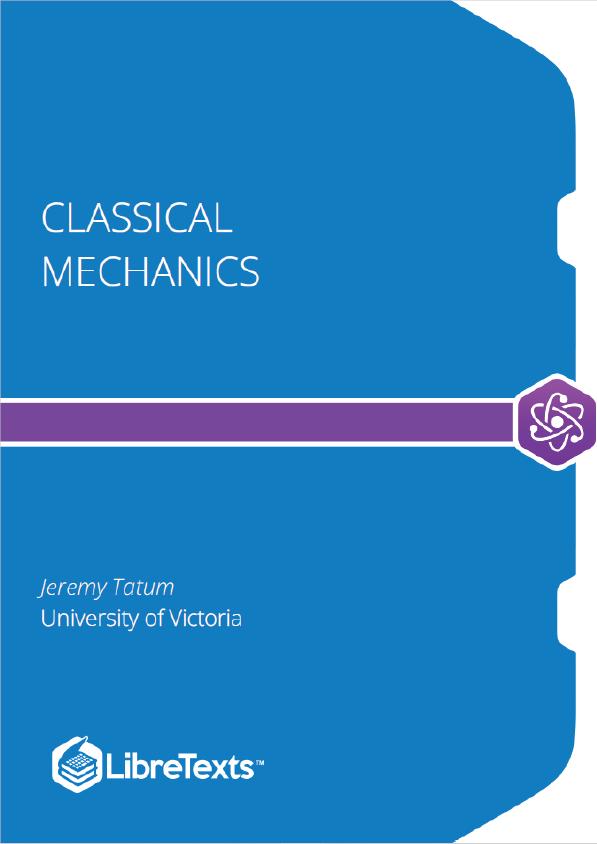Spiral Physics is a research based introductory physics curriculum developed at Monroe Community College. There are several important features of this curriculum. It integrates text and workbook activities in a modular fashion, and arranges topics so that students receive repeated exposure to concepts with increased complexity. It makes use of alternative problem types, including goal-less problem statements, ranking tasks, and critical analysis tasks. It restricts the equation set available for student use and is designed to facilitate active learning.
Spiral Electricity and Magnetism (Calculus-Based)
Spiral Physics is a research based introductory physics curriculum developed at Monroe Community College. There are several important features of this curriculum. It integrates text and workbook activities in a modular fashion, and arranges topics so that students receive repeated exposure to concepts with increased complexity. It makes use of alternative problem types, including goal-less problem statements, ranking tasks, and critical analysis tasks. It restricts the equation set available for student use and is designed to facilitate active learning.
Electric Charge, Electric Field and a Goofy Analogy
We all know that electrons and protons have electric charge. But what is electric charge and what does it mean for a particle, like a neutron, to not have electric charge? On one level, the answer is that electric charge is the ablility to create and interact with an electric field. Of course, this begs the question, what is an electric field? To try to answer this question, let’s look at mass and the gravitational field. In Newton’s theory of gravitational, every object that has mass creates a gravitational field. The object with mass is termed the source of the gravitational field.
The source’s gravitational field, which fills all of space, encodes information as to the location and mass of the source into space itself. It’s almost as if an infinite number of little business cards have been printed and distributed throughtout space with detailed information concerning the source’s characteristics. The gravitational field can be thought of as a huge number of business cards embedded into the fabric of space.(No, I am not joking, it looks like this.)
Every mass in the universe has a gravitational field described by this formula surrounding it. Additionally, every mass in the universe has the ability to “read the business cards” of every other mass. This transfer of information from one mass to another is the gravitational force that attracts masses together. (Once one mass reads another masses’ business card, the first mass feels a strange urge to go visit the second mass. The more enticing the business card (the larger the value of g) the stronger the urge.)
Let’s drop the business card analogy and return to electric charges and electric fields. Basically, every object that has electric charge surrounds itself with an electric field given by a formula incredibly similar to the one for the gravitational field. How incredibly similar? Below is the formula for the electric field at a particular point in space, from a single source charge:
- k is the electrostatic constant, equal to 9.00 x 10 N m /C .
- q is the source charge, the electric charge that creates the electric field. Its value can be positive or negative, and is measured in coulombs (C).
- r is the distance between the source charge and the point of interest.
- (r hat) is the unit vector that points from the source charge to the point of interest.
Every charge object is surrounded by a field given by this relationship. Every other charged object in the universe can “read” this field and will respond to its information by feeling an electric force. Object without electric charge neither create nor interact with electric fields (they can’t read the business cards).
In this chapter you’ll learn how to calculate the electric field produced by charge objects. In the next chapter, you’ll learn how the electric field can be “sensed” by other electric charges resulting in the electric force.
